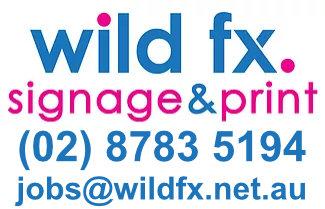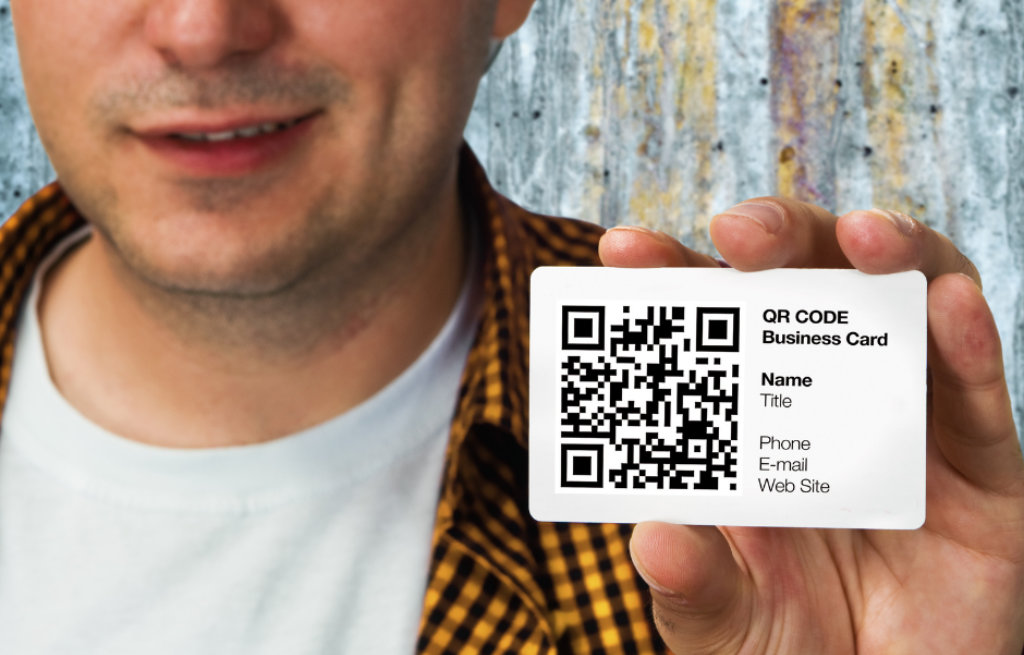Business Card Design have long been considered a classic way of introducing one’s self and keeping in touch with clients and fellow professionals. Although business cards primarily contain contact details, you can put your personal touch to it and make it just a notch more creative. This allows you to be memorable and make a lasting impression.
In this day and age, we pretty much have relied on the convenience of technology in acquiring and keeping people’s contact details. But the downside of this convenience is that it makes these business transactions impersonal, and kinda ingenuine.
Creative treatments to different brand identities have spawned different business card design trends over the years.
1. Letterpress
Letterpress business cards are made using a traditional printing press technique that’s been around for centuries. The manual labor and intricate effort that this method requires truly make it a timeless craft in itself.
The standard, modern printers you’re probably familiar with mixes ink and prints them flat on paper almost instantaneously. On the other hand, letterpress machines leave impressions on paper. These impressions can be embossed (raised on the card’s surface) or debossed (sunken deep within the card’s surface), giving it a more tactile and textured look. In print, letterpress machines offer limited colour options, but this makes letterpress business cards simple and minimalistic.
Although printing with this method is time-consuming, letterpress business cards are appreciated for their detail and effort, making them more valuable than standard printed business cards.
2. Risograph print
Like letterpress business cards, Risograph business cards use an old printing method by using the Risograph machine. Referred to as “Riso” by its adoring cult following, Riso machines create stencils and print on paper one colour at a time. This results in exceptionally vibrant, textured prints that are hard to replicate.
These machines are similar to photocopying machines, in a way that they are both great for mass printing due to their speed and very low cost. This instantly became popular with artists and designers in the ‘90s and its influence is evident in the art scene to this day.
3. Stamped
Taking manual business card printing methods to the next level, hand-stamped business cards are made by using rubber stamps with an ink pad to leave a mark on a blank card or virtually any surface. Manually stamping your cards give them a crafty and distinct character. This method of business card making is also one of the easiest methods because all of the tools that you will need are portable and making them is very quick to do, you can even make a freshly printed card on the go.
Another benefit of hand-stamped business cards is its versatility. The stamp can be used for other purposes other than making business cards, like marking letters, postcards, package designs, and practically anything you want to leave a mark on.
While the first three business card design trends were focused on their printing methods, the next three designs are embellishments and are decorative in nature. These designs can certainly add some personality to your business cards.
4. Paint-dipped
As the name suggests, this type of business card design involves dipping business cards in any type of paint; usually dye, watercolour, or acrylic. The colour from the dipping paint gives plain-coloured business cards an accent colour. And because dipping them by hand isn’t completely controlled and consistent, each and every single card comes out slightly different from the rest, which makes them truly one of a kind.
5. Foil
Foil business cards are known to have metallic foil impressions as embellishments. These business cards use metallic gold, silver, copper, or even rose gold impressions to give them a sleek and shiny finish. The end result gives an elegant design that makes business cards look expensive and luxurious, making them perfect for luxury brands.
6. Painted edge
The painted edge design is about putting coloured ink on the side edges of each business card. While most business card designs only play around the front and back sides of the card, this design makes the most of the entire business card by putting colour on the side edges as well. This makes it look more playful and distinguishable—even if you can’t see what’s written on the card itself.
7. Clear plastic
What makes clear plastic business card design different from the rest on this list is that its strength primarily lies in the card’s material: see-through plastic. Plastic business cards are unique, modern, and most importantly, more durable than most business cards. They can be completely transparent, opaque, frosted, or even tinted with colour. Putting coloured plastic business cards against a light source also leaves an interesting coloured shadow.
To conclude…
Business cards may be old fashioned but these design trends elevate them to the modem world through innovation and creativity. More than just a business tool, your personal business card is also an extension of your brand and personal identity. This allows other people to recognize you or your company’s identity, making way for trust, which can result in good and lasting business relationships.


Leave A Comment